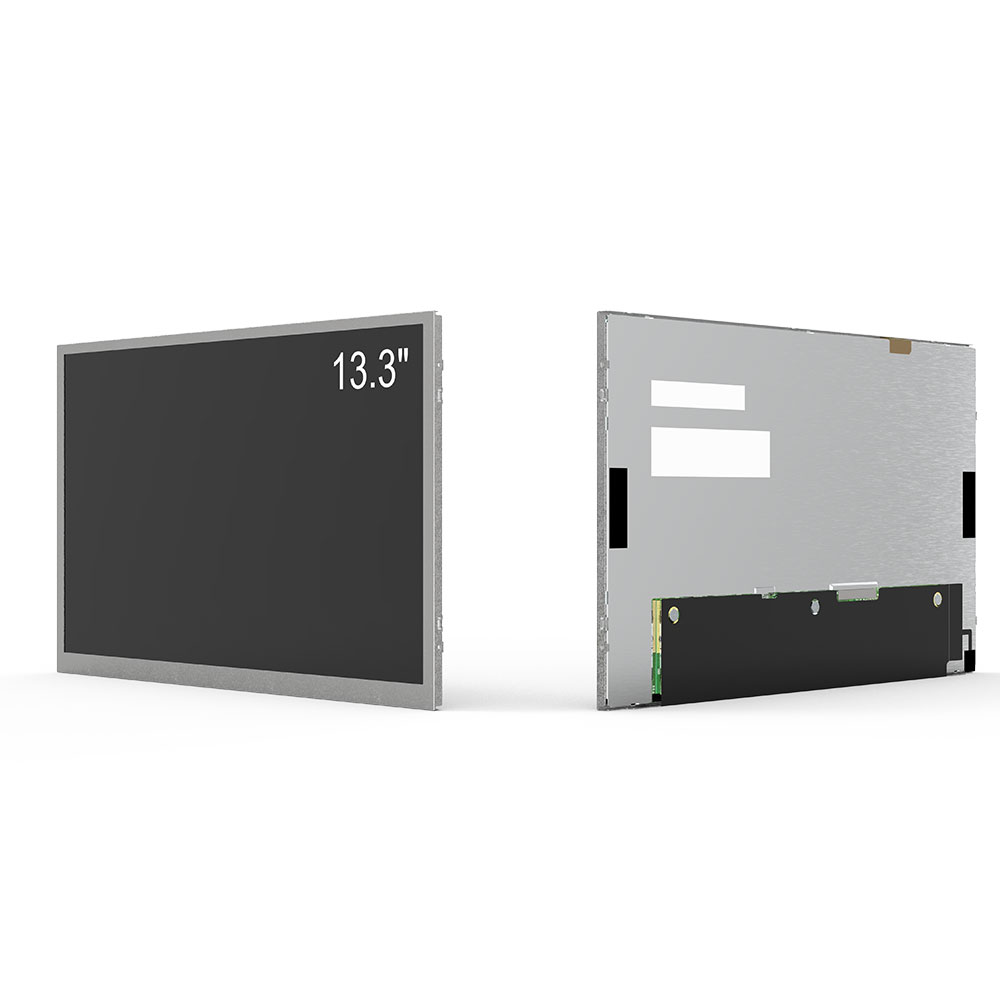When selecting an outdoor LCD screen for commercial applications such as retail advertising, public information displays, or digital signage in transportation hubs, it's critical to understand the unique environmental and performance challenges these screens must overcome. Unlike indoor displays, outdoor units are exposed to sunlight, temperature fluctuations, humidity, rain, wind, and even vandalism—making durability, brightness, and visibility paramount.
The first step is to evaluate brightness levels. Most outdoor environments require a minimum of 5,000 nits of brightness to remain visible under direct sunlight. High-end commercial-grade outdoor LCDs often exceed 7,000 nits, ensuring content remains sharp and legible during peak daylight hours. For instance, a study by the Society for Information Display (SID) shows that screens with less than 5,000 nits lose up to 60% of their visibility in bright conditions, leading to wasted ad spend and reduced engagement.
Next, consider environmental protection ratings. Look for IP65 or higher ingress protection—this ensures the unit is dust-tight and resistant to water jets from any direction. In addition, check for IK10-rated anti-vandalism enclosures if your screen will be installed in high-traffic or potentially risky areas like train stations or city centers. These features prevent damage from accidental impacts or intentional tampering.

Display technology matters too. While LED-backlit LCDs offer better contrast ratios and energy efficiency, OLEDs are less common in outdoor settings due to faster burn-in risks and higher costs. For most commercial use cases, full HD or 4K resolution with wide viewing angles (178° horizontal/vertical) ensures clear visuals regardless of viewer position—a key factor in crowd-facing installations.
Thermal management is another non-negotiable. Outdoor screens should feature active cooling systems (fans or heat sinks) and operate reliably between -20°C and +60°C. According to UL standards, thermal cycling tests simulate real-world conditions over thousands of hours to verify long-term reliability—always ask for compliance with IEC 60068-2-14 for environmental stress testing.
Finally, integration and maintenance. Choose models with remote monitoring capabilities via SNMP or cloud-based platforms. This allows operators to detect issues early—like pixel failure or backlight degradation—before they impact business operations. A case study from Samsung’s outdoor display deployment at Heathrow Airport showed a 30% reduction in downtime through predictive maintenance enabled by built-in diagnostics.
In conclusion, choosing the right outdoor LCD screen involves balancing brightness, environmental resilience, display quality, thermal performance, and smart maintenance tools. By prioritizing these factors based on industry standards like ANSI/IESNA RP-10, ISO 14195, and IEC 60068, businesses can ensure long-term ROI and consistent audience engagement—even in the harshest outdoor conditions.







